#iso rivolta gt
Explore tagged Tumblr posts
Text

Classic GT 60-70s SilhouetteHistory
Silhouettes of classic GT cars from the 60s-70s: BMW 3.0 CS (E9), Jaguar XJ Coupe, Maserati Mexico and Iso Rivolta GT.
Home | Shop | Special Tees | Index | FB | Insta
Do you like my artworks? Would you support me? Buy me a coffee!
#silhouettehistory#bmw e9#jaguar xj coupe#maserati mexico#iso rivolta gt#bmw#jaguar#maserati#iso#iso rivolta#gran turismo#coupe#german cars#british cars#italian cars#car#silhouette#history
3 notes
·
View notes
Photo
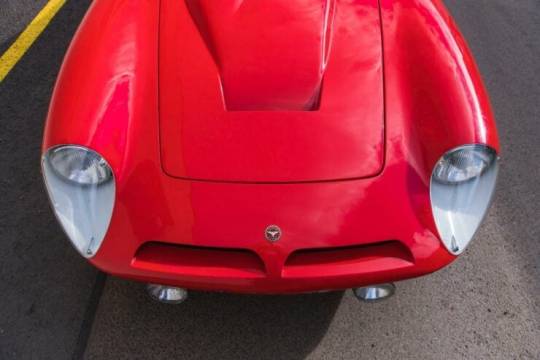
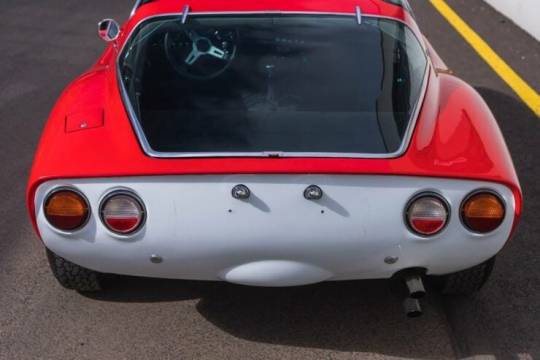


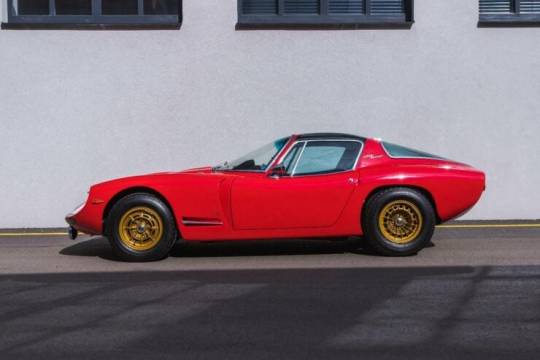


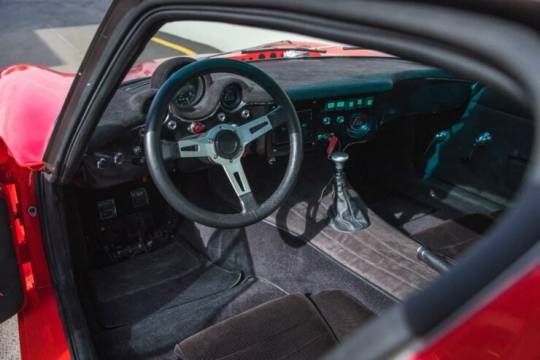


Bizzarrini 1900 GT Europa (1 of 12).
The Bizzarrini 1900 GT Europa is a lightweight sports car that was built by the Italian automaker in the late 1960s in very limited numbers – just 12 were made in total and the car you’re looking here is the last one manufactured before the factory shut down. Giotto Bizzarrini, the mastermind behind the Bizzarrini 1900 GT Europa, was an accomplished engineer and designer. Before starting his own company, he worked for several prestigious Italian automakers, including Alfa Romeo, Ferrari, and Iso Rivolta. The Bizzarrini 1900 GT Europa was a significant milestone for the company, as it was their first affordable production model. It was a smaller, more attainable counterpart to the Bizzarrini 5300 GT Strada. The Europa was powered by a 1.9 liter Opel inline-four cylinder engine, which delivers a respectable 110 horsepower.
With a top speed of 128 mph and a 0-60 time of 10.5 seconds, the Europa offered drivers an exhilarating driving experience thanks in no small part to the impeccable engineering experience of Giotto Bizzarrini. The car was developed with independent front and rear suspension, a front-mid-mounted engine, four wheel disc brakes, a limited slip differential, an integral roll bar, and a well-balanced chassis that was more than a match for its competition in the late 1960s. The 1900 GT Europa’s distinctive design was a collaboration between Giotto Bizzarrini and the talented young Italian designer, Pietro Vanni with ample influence taken from the Bizzarrini 5300 GT. The final body shape was honed in the wind tunnel at Pisa University in order to get it as aerodynamically efficient as possible.
The Europa was notable for its low-slung profile, aggressive lines, and a minimalist cockpit designed with racing in mind. Its distinctive design language captured the essence of Italian sports cars in the 1960s, embodying elegance, performance, and outright speed.
#Bizzarrini 1900 GT Europa#Giotto Bizzarrini#Alfa Romeo#ferrari#Iso Rivolta#Bizzarrini 5300 GT Strada#Pietro Vanni
80 notes
·
View notes
Text





1968 Bizzarrini 5300 GT Strada.
Designed by ex-Ferrari chief engineer Giotto Bizzarrini in 1963, the Strada was launched by his company in 1964. It was similar in concept to the Iso Grifo, also designed by Bizzarrini, and even used the Grifo name while in the planning stage, as well as the welded unibody platform of the Iso Rivolta 300.
961 notes
·
View notes
Text



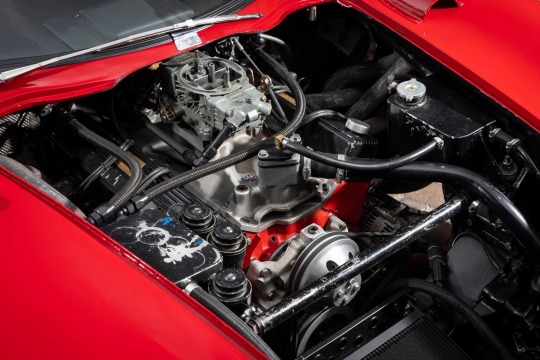
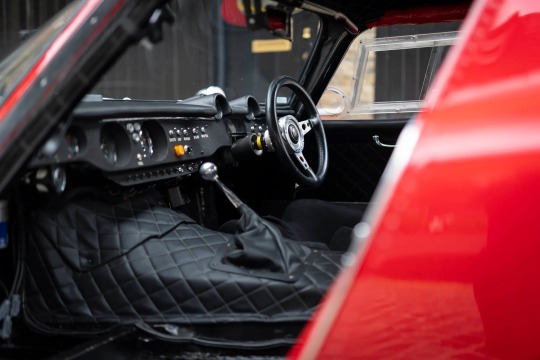
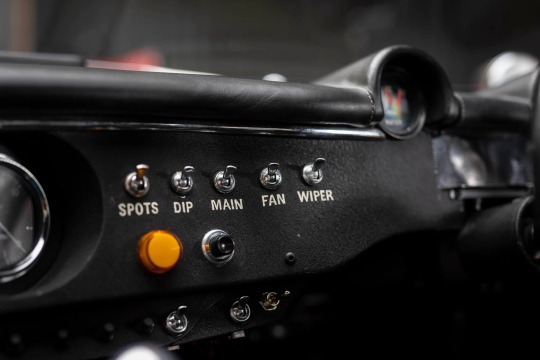
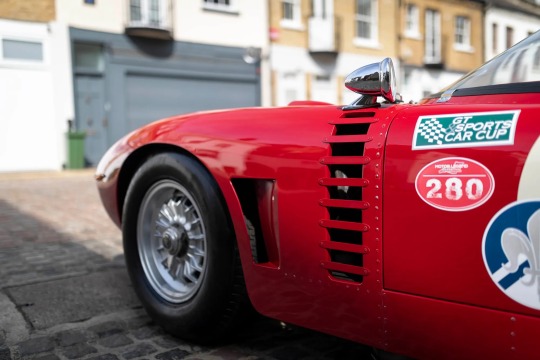

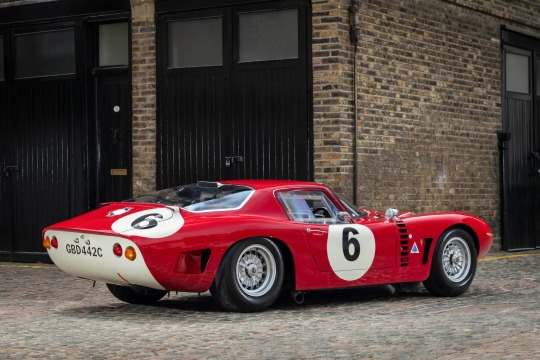
1964 Iso Bizzarini A3C
Following his heated departure from Ferrari in 1961, Giotto Bizzarrini who aided in the design and development of the Ferrari 250 series, including the fabled GTO, was hired by Renzo Rivolta to develop a new GT car. However, Bizzarrini’s aspirations were to create a competitive race car. The Iso Grifo A3/C would be the fruits of his labour – a powerful Chevrolet V8, sleek aerodynamics and near perfect weight distribution combined creating a competitive entrant for both the Nürburgring and at Le Mans.
Produced in 1964 Chassis B-0215 (D) – the (D) denoting right hand drive, is the example offered. It is one of the original riveted aluminium cars built by Drogo and the records declare that 0215 was red with a black interior.
More unique still, is that 0215 is the only right hand drive riveted aluminium example with a period competition history. Upon delivery to the first owner in 1965 – Derek Wharton (UK) 0215 was entered into the 1965 Autosport GT Championship at Oulton Park. Then he would compete in the Leinster Trophy at Dunboyne in Ireland later that year.
source: fiskens.com
40 notes
·
View notes
Text
1 of 29: 1965 ISO A3/C
An ISO A3/C is an extremely rare car. It is not uncommon to find a Bizzarrini 5300 GT Strada for sale, but finding an ISO A3/C is significantly more challenging, making this an exceptional offering. There are no details available regarding the restoration or the history of the car though. The ISO A3/C was originally developed in the early 1960s as part of a collaboration between Iso Rivolta and…
8 notes
·
View notes
Text
Gli altri sport: Frank Williams
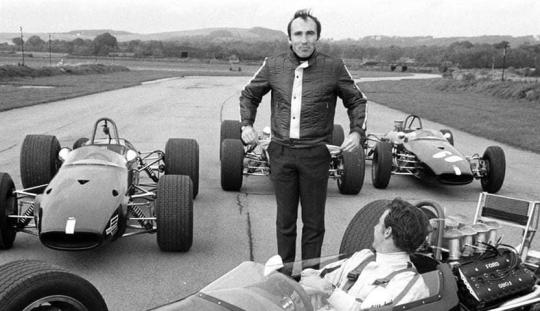
Un uomo che visse più di una vita, nel mondo dell’automobilismo internazionale… Francis Owen Garbett Williams, conosciuto come Frank, nacque il 16 aprile 1942 a South Shields, in Inghilterra e il padre era un ufficiale dell’aeronautica militare, mentre la madre un’insegnante. La sua passione per le auto nacque grazie alle sue amicizie, che lo introdussero nel mondo delle automobili e da lì decise di intraprendere la carriera da pilota, che fu però abbastanza breve e priva di grandi successi. Williams gareggiò principalmente in Formula 3 e in campionati GT, capendo dopo poco che quella del pilota non era la sua strada, capendo di essere un buon imprenditore e manager e nel 1966 fondò la sua scuderia, la Frank Williams Racing Cars. Inizialmente la scuderia di Frank gareggiava principalmente in F2 e F3 e Williams decise di ingaggiare come piloti alcuni dei suoi amici, come Piers Courage, che nel 1968 portò la Frank Williams Racing Cars a vincere il campionato in F2. Dopo un paio di stagioni, nel 1969 Frank passò con la sua scuderia in F1, riconfermando il suo pilota Courage, serie ottenne due podi e terminò la stagione ottavo in campionato. Nella sua carriera da dirigente della Williams, Frank vide la morte più di una volta e la prima di fu proprio quella del suo amico Courage, che morì nel 1970 nel Gran Premio d’Olanda. Nei primi anni in F1 la scuderia Williams non produceva le proprie vetture, ma si affidava ad auto provenienti dalla Brabham, March e Alejandro de Tomaso e solo dal 1972 iniziò a a costruire le proprie vetture, dando vita alla Politoys FX3. Inizialmente, la gestione della scuderia non fu facile per Frank, che dovette affrontare dei gravi problemi finanziari, e nonostante l’aiuto di colossi come Marlboro e Iso Rivolta e, tra il 1969 e il 1975, Frank non vide mai nessuno dei propri piloti salire sul podio. Nel 1976 Williams vendette il 60% della sua scuderia a Walter Wolf, un magnate petrolifero, che diede anche il nome alla scuderia, cambiandolo in Walter Wolf Racing e un anno dopo abbandonò definitivamente il timone della sua scuderia, non sentendosi più parte di essa. Frank però non si diede per vinto e chiese aiuto al suo ingegnere di fiducia Patrick Head, con cui creò la Williams Grand Prix Engineering, puntando sul talento di Alan Jones e Clay Regazzoni, che terminando il campionato in seconda posizione nella classifica costruttori. La competitività del team diventò evidente agli occhi di tutti nel 1980, quando Alan Jones vinse il mondiale e, insieme a Reutemann, portò a Frank anche la vittoria campionato costruttori, così come nella stagione successiva. Frank nel 1983 affidò la produzione dei suoi motori alla Honda, che con le sue idee per un motore turbo convinse la Williams a stipulare un accordo e la scuderia tornò a vincere il campionato costruttori nel 1986 con Piquet e Mansell con la FW11. Il 1986 fu per Williams un anno davvero difficile dato che, mentre si trovava in Francia e stava andando all’aeroporto, perse il controllo dell’auto, che si ribaltò su se stessa e subì la rottura della spina dorsale e fu costretto a vivere per il resto della sua vita su una sedia a rotelle. Nel 1986 la squadra vinse il titolo costruttori e anche quello piloti con il brasiliano Piquet, anche se ci fu l’abbandono della Honda, che non riponeva più fiducia nella scuderia e la fornitura dei motori fu affidata alla Renault, che divenne un valido alleato. Negli anni della collaborazione con la Renault la Williams vinse cinque volte il campionato costruttori e quattro volte quello piloti, con piloti del calibro di Mansell, Prost, Hill e Villeneuve. Quando il 1 maggio 1994 Ayrton Senna morì nella tragedia del circuito di Imola, Frank venne indagato per omicidio colposo, ma fu poi assolto. Intanto la Renault abbandonò la Williams, che trovandosi in difficoltà, trovò nella BMW la fornitrice dei propri motori, ma negli anni della loro collaborazione non arrivò nessun titolo mondiale. Gli anni successivi furono difficili e le due stagioni dove la Williams tornò a farsi vedere furono quelle con Massa e Bottas nel 2014 e 2015, che non andarono oltre un terzo posto nel mondiale costruttori. Dal 2016 in poi la Williams risprofondò nelle ultime zone della classifica, entrando in una vera e propria crisi dal 2018. Nell’estate del 2020 il fondo statunitense Dorilton Capital comprò il team e, pochi mesi dopo, Frank e la sua famiglia annunciarono il loro abbandono della società, chiudendo un’era durata per ben 43 anni. Il 28 novembre 2021 Frank Williams morì a Londra all’età di 79 anni, lasciando un’eredità unica nel mondo delle corse, la sua scuderia resta infatti la quarta nella storia della Formula 1 come numero di successi, con nove titoli costruttori e sette titoli piloti vinti nella sua storia. Read the full article
0 notes
Link
1 note
·
View note
Text
Iso Rivolta Lele: la GT di Bresso
Ormai mi conoscete e sapete che prediligo le rarità. Quindi l’argomento di oggi è la Iso Rivolta Lele, una coupé prodotta dalla casa di Bresso nel lustro compreso fra il 1969 e il 1974. foto di Craig Howell from San Carlos, CA, USA – ISO Lele dettaglio degli interni, su Licenza CC BY 2.0, nelle dimensioni originarie di 4000x3000px, nome file: ISO Lele (4890097594).jpg, creato in data: 13 agosto…

View On WordPress
0 notes
Photo
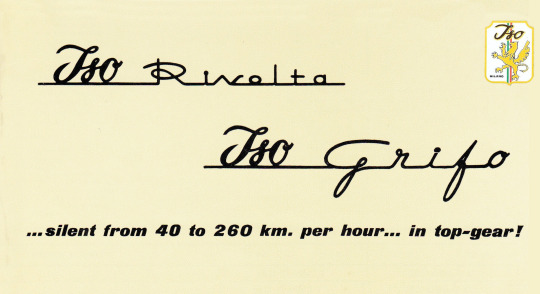







Iso Rivolta Coupé GT & Iso Grifo Coupé GL brochure, 1965. Prior to the Rivolta Coupé, which was introduced in 1962, Iso’s business had revolved around making and licensing the Iso Isetta micro car. Their move up-market was based on the appeal of Italian designed and built grand touring cars powered by American (Chevrolet) V8 engines that were more reliable and easily serviced than the Italian V8 and V12 engines of Maserati, Ferrari and Lamborghini. Both the Rivolta and the Grifo were designed at Bertone by Giorgetto Giugiaro (where he began his career). Their business model held up until the oil crisis of 1973 which reduced demand for high performance cars worldwide and put Iso into financial difficulties.
#Iso#Iso Rivolta Coupé GT#Iso Grifo Coupé GL#Bertone#brochure#Giorgetto Giugiaro#Chevrolet V8#327ci V8#1965#1960s#1960s style
209 notes
·
View notes
Photo

Classic GT 60s SilhouetteHistory
Silhouettes of classic GT cars from the 60s-70s: Iso Rivolta GT, Maserati Mexico and BMW 3.0 CS (E9)
Home | Shop | FB | IG | Twitter | Ask
#silhouettehistory#iso#maserati#bmw#rivolta#iso rivolta#iso rivolta gt#mexico#maserati mexico#30 cs#bmw 30 cs#e9#bmw e9#gran turismo#car#silhouette#history
19 notes
·
View notes
Photo

#iso rivolta#ir300#classic#gt#v8#design statement#best classics cars#best car design#petrol#circuit de spa#patina#passion#competition#motorsport#legends#performance#handmade#beast#engine sound#exhaust#momentum#golden age#beauty
26 notes
·
View notes
Text






This carbon-bodied, vette-engined Iso Rivolta GT Zagato is up for sale for $1.35m.
Performance 660 bhp 6.2-litre LT4 V8 and an eight-speed auto gearbox.
130 notes
·
View notes
Photo

Starring: Iso Rivolta Vision Gran Turismo Zagato Concept
By Perico001
146 notes
·
View notes
Photo










Iso Rivolta IR 300 As the first of the production GT cars from Iso, the IR 300 has always been special. The fact that it was designed by one of the greatest automobile designers in history, Giorgetto Giugiaro, and engineered by the father of the 250 GTO only add to its allure. Bizzarinni developed a pressed steel and welded panel chassis for the IR 300, it had independent unequal-length double A-arm front suspension with de Dion rear suspension, and unusually for the time it had four wheel disc brakes.Power would be provided by a 5.4 liter V8 from the Chevrolet Corvette producing 300 bhp. The use of the Corvette V8 made engine sourcing easy for Iso, spare parts were similarly simple to order, and there were no problems with engine reliability or complex maintenance.Initially the engine was fitted with a 4-speed manual transmission, a 5-speed manual and an optional 3-speed automatic would follow.The IR 300 was first publicly displayed at the 1962 Torino Motor Show, it was positively received though some were perhaps a little perplexed that the father of the Iso Isetta bubble car had also conceived of this new luxury GT car. A total of 797 examples of the Iso Rivolta IR 300 would be built up until 1970, 167 of these would be the IR 340 with the uprated 340 bhp engine option.
56 notes
·
View notes
Text







ISO RIVOLTA - GRIFO GT
7,0L V8 - 535cv
1967
18 notes
·
View notes
Photo

Iso Rivolta GT 300, dessinée par Giorgetto Giugiaro pour Bertone en 1962. - source Car Design Archives.
29 notes
·
View notes